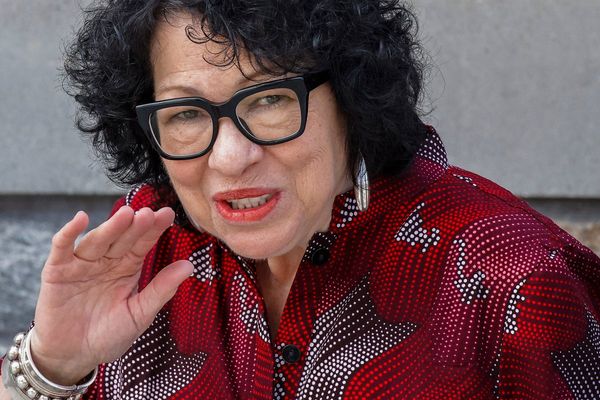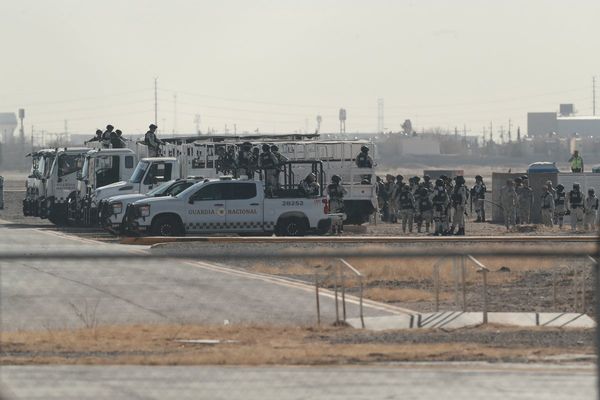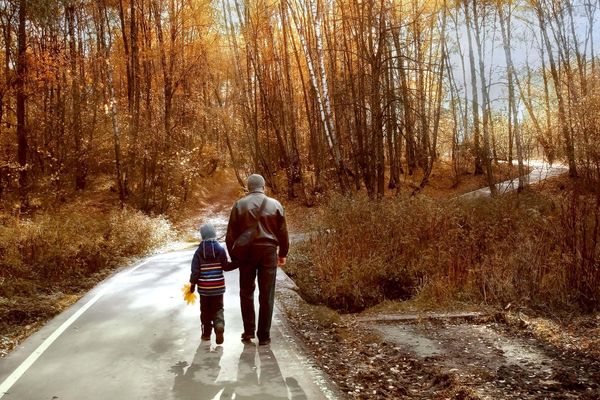
Everything is Water is an account of Simon Cleary’s 344km pilgrimage-of-sorts along the Brisbane River (the Maiwar). In a work of fiction, the map provided in the book’s preliminary pages might hint at a fully imagined world. The Brisbane River isn’t exactly a product of Cleary’s imagination, but since no visible path exists along the river’s entire length, his walk needed to be “imagined into being”. The river holds personal significance for Cleary: as a boy, he played in the small creeks that feed into Lockyer Creek (a tributary of the Brisbane River). But the author also has a larger ambition: he wants to walk with the “river as companion”; to let it guide him, so that he might learn to “see anew”, or even “unsee”.
The book’s organisation into short chapters – each spanning a single day, and specifying a starting point, destination and distance – resembles a set of walking track notes. In fact, many of Cleary’s observations will strike a chord with fellow bushwalkers. There’s the stark disparity between the clean lines of a map, and the immediate, effortful reality of traversing any tract of land on foot – even one like this, so close to a major city. He must navigate unexpected cliff faces, fallen logs, chest-high grass; deal with waterlogged boots and aching muscles. Cleary is especially good at conveying the shifting of sensibilities engendered by time away from the “regular world”. That world – of engines, fences, highways – can very quickly feel “foreign”. Even talking can feel “superfluous”.
Cleary’s is not an ego-driven narrative. The planning of his trip can only be done as a collective act, seeking permission from various “river-people”, farmers and traditional owners. As a walker, he is respectful and unassuming, resting where necessary, taking care of his walking companions, thankful for the hospitality of those who provide shelter and meals along the way. Some readers may hunger for a little more: more interiority, more insight into this man’s character outside his gratitude, humility and quiet curiosity.
Throughout Everything is Water, Cleary contrasts the types of knowledge western society privileges – cartography, demography, hydrology – and the sort of understanding that an extended stay in bushland can awaken. He asks whether our urges to categorise and organise might be “unhelpful” and “prevent us from other ways of seeing”. By way of illustration, his descriptions of terrain, weather forecasts and logistics slip into quiet passages of communion with the natural world. He contemplates a turtle’s shell, a pelican, an egret, the moon. Quasi-religious moments like these are not easily expressible, but Cleary’s attempts to do so are commendable.
Most ambitiously of all, Cleary writes of the river’s own “knowledge of itself”. Throughout, it’s centred as an autonomous and animated participant in his walk, “laughing over shallows, burbling round bends, falling silent as it widens and slows, offering gentle lessons in the art of conversation”. The river is impossible to pin down: locating its source is tricky; it interrupts well-laid plans; in floods, it turns unrecognisable. Even Cleary’s most basic assumptions are undone: at points, he isn’t really walking along the river, but in it. And the river, it dawns on him, isn’t only made of water but sand and gravel, too.
Mining, dredging and the erection of retaining walls have drastically changed how the river looked pre-colonisation. There’s an undercurrent of sorrow here: partly, this is a local complaint about “the shadow a city can cast upon its river before it is no longer a river”.
But partly it’s something deeper; a bodily recognition and lament at how swiftly white settlement has desecrated and altered a landscape which Indigenous people have cared for so intimately. One of Cleary’s refrains is that what used to be “kangaroo and emu country” is now considered “cattle country”.
Cleary interweaves river-related material from a range of historical and scientific sources. Some of this is local: in the 1820s, (very disoriented) Europeans relied on Indigenous people to feed them and teach them how to build canoes; in the 1860s, cotton plantations took hold (a history entangled with US slavery and commerce). But there are also references to ancient Greek myth; Thales of Miletus; Copernicus, which at times feel a little incongruous. In a book that makes space for Langston Hughes, Hermann Hesse and William Faulkner, it’s a little disappointing that Cleary makes virtually no mention of Australian literary works – save Jessica Anderson’s Tirra Lirra by the River. This oversight is especially surprising when it’s otherwise such a local book, and one that’s acutely aware of questions of importation and transplantation.
Nevertheless, in a time of ecological crisis, and of the globalisation of travel, Everything is Water is a timely reminder of the rich beauty and rewards to be found so close to home.
Everything is Water by Simon Cleary is published in Australia by UQP ($34.99)







